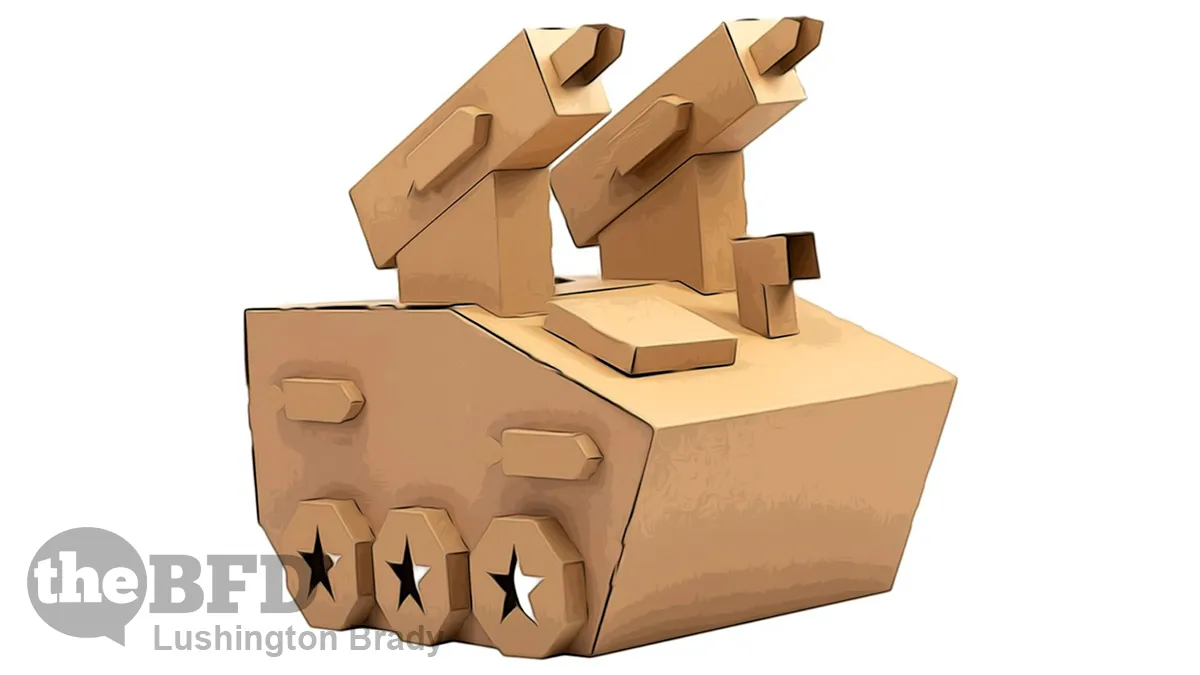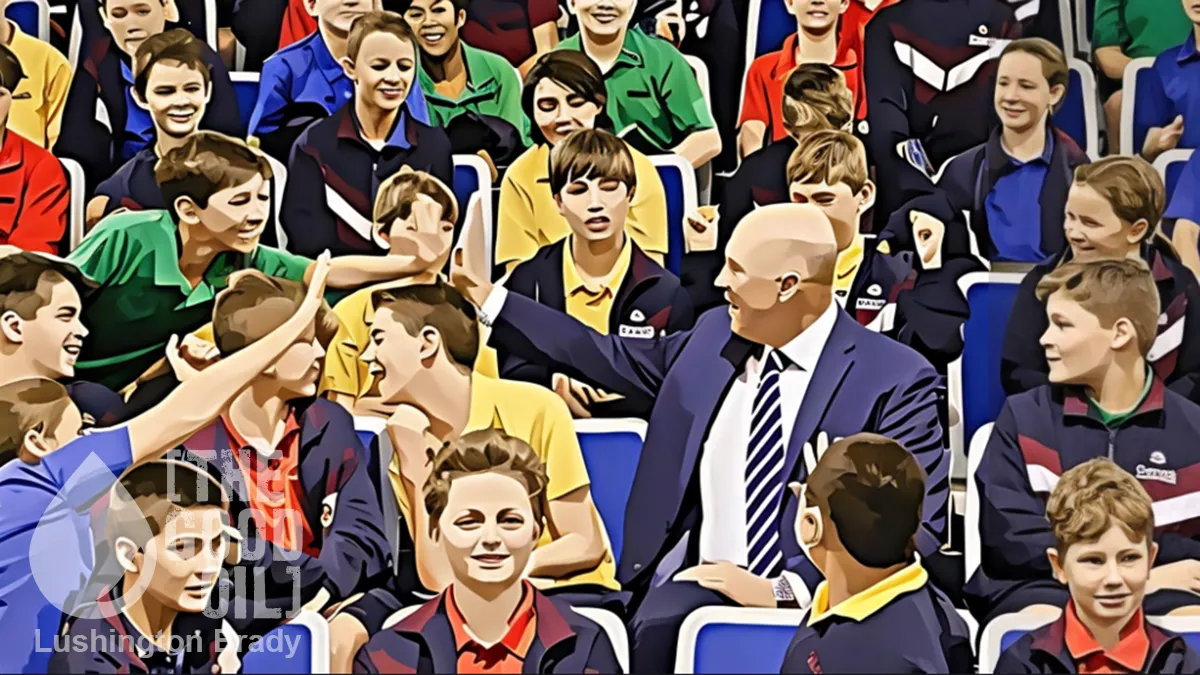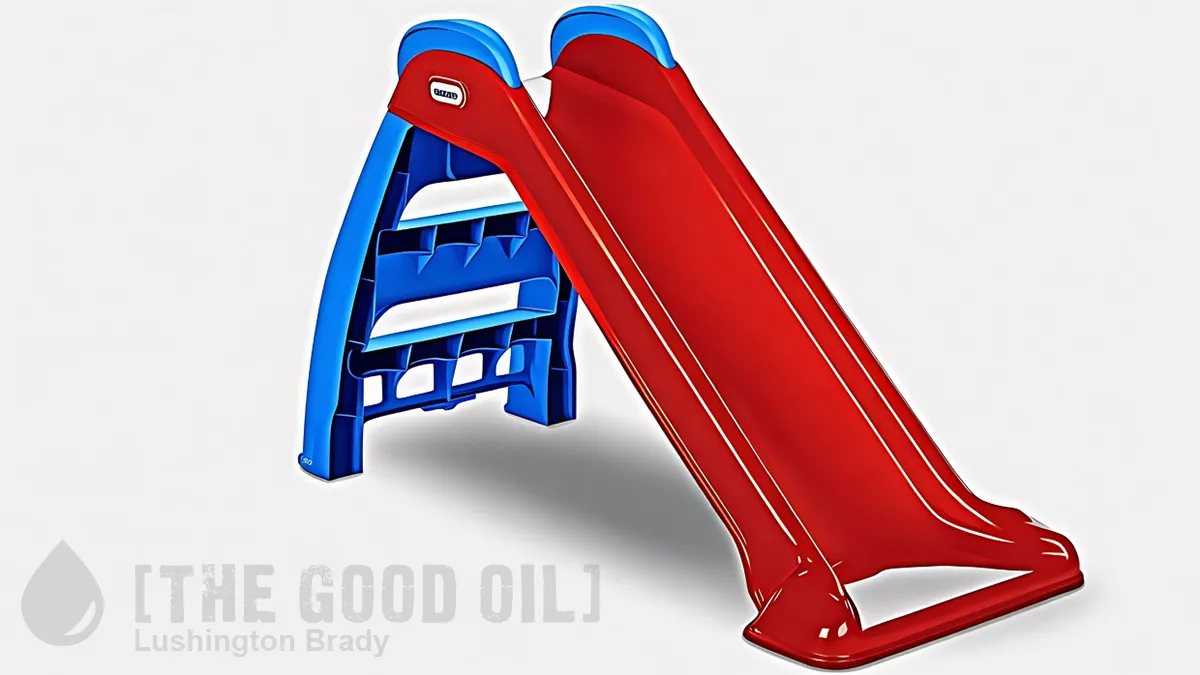I know I’ve often made mock in The BFD of NZ’s increasingly miniscule contribution to regional defence capability, but the truth is that Australia hasn’t got a lot to brag about, either. Sure, we spend more, both in real terms and per capita, than New Zealand, but do they spend that money well?
Don’t you believe it.
For decades, Defence acquisition has been one billion-dollar blunder after another, from submarines to fighter planes. Mostly because of the incompetence of a succession of Defence ministers, and that of the top brass who’ve advised them. Brass who spend too much time prancing around in high heels and putting on “rainbow” tea parties, and not enough at the coal face.
Meanwhile, the officers and men who actually work whatever shiny new toys Defence has blown their taxpayer-funded pocket money on, go unheard.
It’s been that way for nearly thirty years, since Kim Beazley was one of the last Defence Ministers to spend more time listening to the people with their hands on the wheel, rather than the career desk jockeys in Canberra. War, as Georges Clemenceau said, is too important to be left to the generals.
Beazley may not have consciously patterned his ministry on the Clemenceau doctrine, but he certainly followed it.
Of course, Beazley talked at length to the top brass in defence, but he also conversed with senior officers who had the job of operating the weapon systems and preparing for combat. They would tell him the truth about what was performing brilliantly and what was not up to the mark. And they would also discuss views on future strategies. Kim Beazley knew exactly what was happening in this department.
In the twenty-seven years since, though, we’ve had no less than fifteen different ministers. Most spent their scant time in the portfolio listening to the generals and admirals.
Dutton rectified the French submarine mistake but did not tackle the others. There were great hopes that the current Defence Minister Richard Marles would emerge in the Beazley mould, but like his predecessors, he has been captured by “the generals” at the top of the defence hierarchy.
And the costly mistakes continue, and our defence capability keeps getting worse.
If Marles operated in the Beazley mould, he would spend extended periods in the RAAF Tindal base conversing with top pilots who would tell him how they are concerned about the F-35 Joint Strike Fighter non-combat crashes and major equipment failures.
They would also point out that the F-35 JSF is simply no match for the Chinese Chengdu J-20. In any combat with the J-20, they would be flying a coffin, although the JSF crashes have shown the ejector seats work.
Then there’s a new frigate, designed and built by the British: another rolling disaster. And the Taipan helicopters which have already been grounded because they’re just plain dangerous.
We are now acquiring the Triton unmanned aerial surveillance drone.
Maybe the Triton was once cutting-edge, but Iranians are now shooting them down.
So the Americans have cancelled the program, but our “generals” allowed the Defence Minister to order the Triton, so the uninterrupted litany of mistakes continues […]
Sometimes decisions, like the Frigate, the French submarine, and the JSF, are actually made by the politicians for political reasons.
The Australian
Even worse, is Anthony Albanese’s decision to make his Minister for Defence, deputy PM as well. A decision made for obvious political — which, in Labor, means factional — reasons. But it means that one of the most important positions in cabinet is effectively part-time. Especially when the actual PM is so passionately addicted to overseas jaunts.
Defence Minister Marles and PM Albanese need to decide whether they want a full-time defence minister or a part-time PM. They can’t have both.
And time is fast running out. Now, if indeed it ever was, Australia is in a far-from benign strategic environment.
It’s long past time to get serious about defence.









